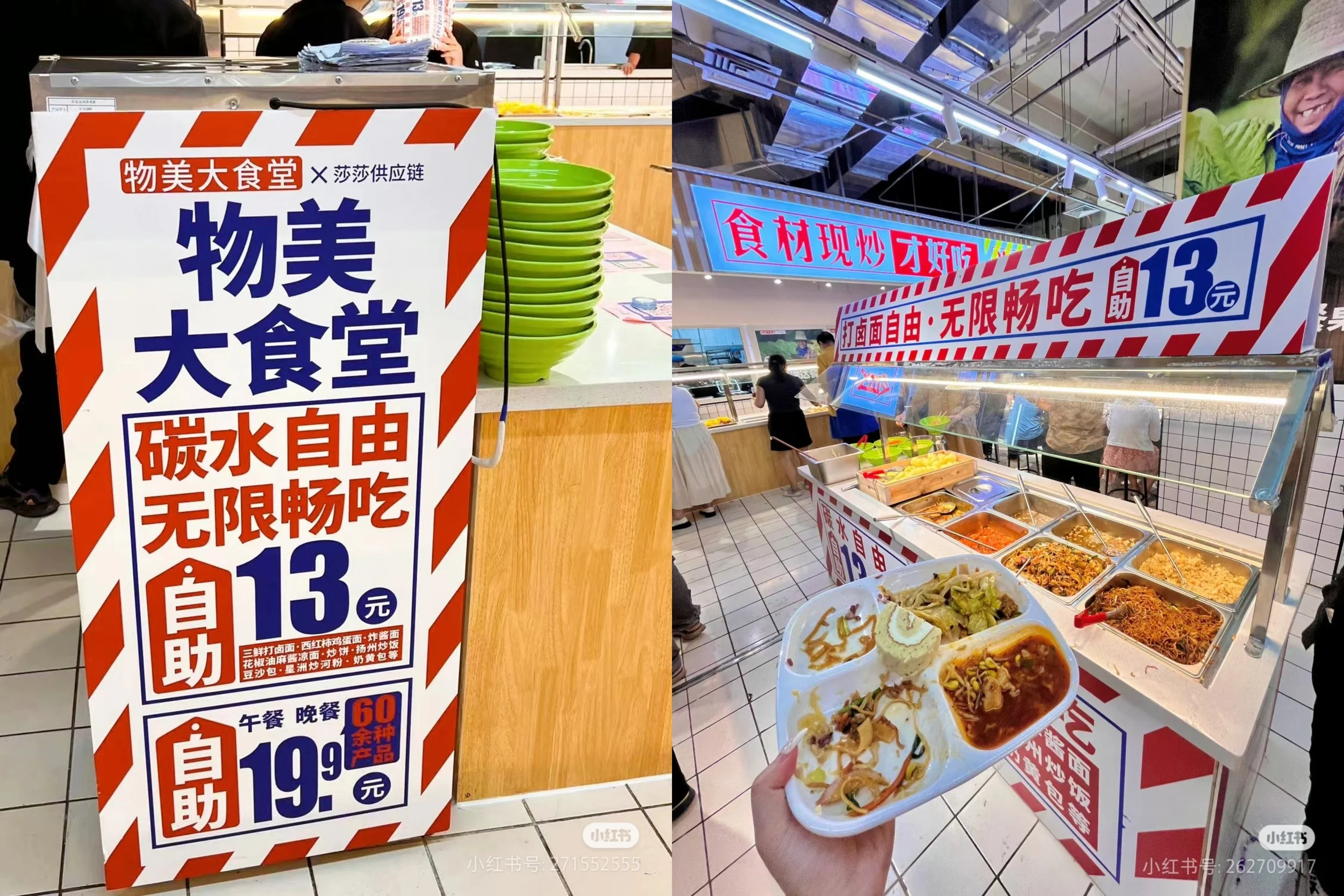Why New Retail fizzled, and where its future lies in China
In January 2016, Jack Ma launched the first Hema (Freshippo) store in Shanghai, coining the buzzword “New Retail” – a vision where online and offline commerce seamlessly merged. Alibaba aimed to leverage its vast data ecosystem to make retail offerings more relevant, dynamic, and hyper-localized, promising a rich omnichannel experience. When the stores matured, revenue per square metre was four times that of traditional supermarkets in China.
Photos of Jack Ma enjoying fresh Alaskan King Crabs in Hema, surrounded by adoring crowds, flooded media and social feeds globally. Hema quickly became a must-visit destination for international delegations to China seeking a glimpse into the future of retail.
Alibaba’s ambitious expansion into brick-and-mortar retail followed, with investments in department store chain Intime, hypermarket chain Sun Art, and tech-driven integrations with retailers such as the Intersport megastore in Beijing and beauty chains like Innisfree.
The Scramble for New Retail
JD.com, China’s other big e-commerce player at the time, quickly responded with its own New Retail concept, 7Fresh, boasting smart mirrors displaying a product’s details when picked up, hands-free shopping carts, and checkout-free experiences. Walmart invested in JD, Tencent took a stake in supermarket chain Yonghui, and soon every major tech and retail company was scrambling for a slice of New Retail fever.
Not to be outdone, Amazon followed suit. Within two years of Hema’s launch, Amazon Go debuted in the US, making its own version a reality. New Retail was the hottest concept in global commerce.
The Decline of New Retail’s Hype
Nearly a decade later, much of the New Retail buzz has fizzled out. COVID-19 was punishing for bricks & mortar stores, and even post-pandemic, online retail grew by more than double the rate of brick-and-mortar stores at 6.5%. The seamless online-to-offline experience that New Retail promised failed to significantly shift consumer habits back to physical stores.
While some innovations – such as Hema’s pioneering 30-minute delivery – have become industry benchmarks, gimmicky tech features didn’t have the lasting impact retailers hoped for.
Alibaba itself has pulled back from physical retail, losing billions of dollars divesting its stakes in Intime and Sun Art over the past few months. Many of its New Retail partnerships have quietly faded away. Even Hema, once a flagship venture, has been downgraded to a sub-segment within Alibaba’s B2B business. It had planned to spin off Hema with an IPO in 2023, but these were halted that year due to weak performance. In the US, Amazon has also struggled to scale Amazon Go, closing multiple stores in recent months.
Why New Retail Missed the Mark
Jack Ma and his followers were right to rethink physical retail, recognizing that a there are some real world retail experiences that a digital experience cannot match. However, QR codes and high-tech gimmicks weren’t enough to convince consumers to forego the convenience of online shopping for a trip to the store.
Retail in China continues to suffer from poor in-store experiences, usually failing to offer compelling reasons for consumers to return. For brick-and-mortar to thrive, retailers must focus on what makes physical shopping uniquely valuable, rather than trying to replicate online features in the offline world.
A New Playbook for Brick-and-Mortar Success
This doesn’t mean abandoning tech in stores, but rather using it to enhance physical retail’s unique strengths. One of the biggest differentiators? Human interaction. Taobao fashion sellers are opening physical stores to create deeper customer relationships. Alibaba’s second-hand marketplace, Xianyu, is expanding its brick-and-mortar presence to foster real-life communities.
Even Hema, despite its setbacks, is seeing a resurgence by focusing on business fundamentals rather than flashy tech. In 2024, it increased its customer base by 50%, recording nine consecutive months of profitability, while opening 72 new stores. Whilst it refreshed nearly half of its store interiors, much of its success comes from focusing on its staff. Hema hired nearly 200 new store managers last year and revamped employee compensation to motivate staff performance.
These moves reflect a key insight: the real value and experience from physical retail isn’t just the products or the gadgets – it’s the people.
The Future: Consumer-Led, Not Tech-Led
With the cost of online customer acquisition soaring and AI-generated content saturating digital platforms, well-executed physical retail presents an underutilized opportunity. Unlike most digital channels, the competition in brick-and-mortar is still relatively weak.
Tech should be used not as the centrepiece, but as a tool to support people and improve in-store experiences. This could include:
AI-powered staff training to enhance service quality.
Tech-assisted tools that empower employees to engage customers better.
Interactive, experiential store layouts that encourage discovery and social interaction.
Unlike early New Retail experiments, these initiatives should be led by consumer needs – not just tech innovation for the sake of it.
Final Thoughts
China’s retail landscape continues to evolve, and while the hype around New Retail has faded, its underlying goals remain relevant. Retailers that focus on authentic engagement, personalized experiences, and strategic use of technology will be the ones to revitalize brick-and-mortar shopping in the digital age.
At China Skinny, we help brands understand consumer needs and integrate tech in a way that truly adds value. We’re here to help you redefine the future of retail by creating meaningful consumer experiences.






























